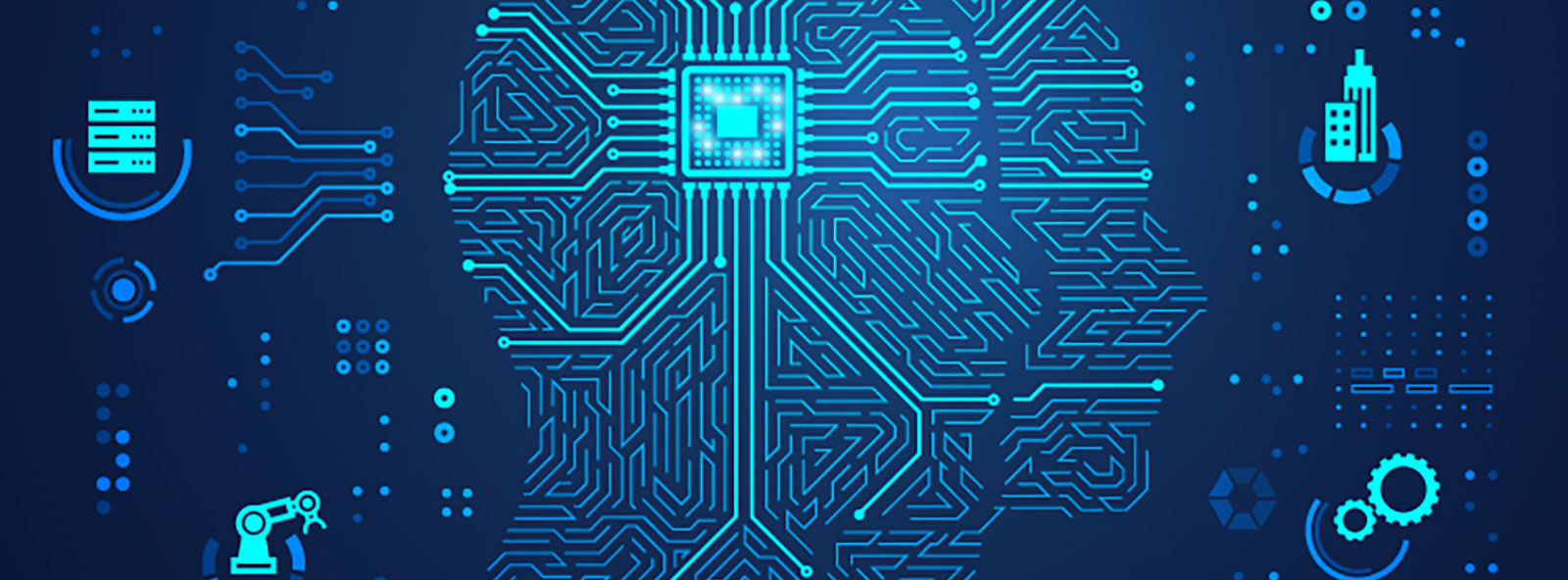
The value of digital twins are driven by their ability to accelerate decision-making
What is the value of digital twins?
When IT and OT technologists are figuring out whether or not to begin a digital twin project, they first must figure out why you are doing it. What will the role of the digital twins be? What outcomes and goals are we trying to attain? How will we define success? How will we measure ROI? Once you have defined these goals, you can work toward determining how you will realize the value of digital twins.
Digital twins accelerate decision-making. Correspondingly, the common threads of the value of digital twins are their ability to increase productivity, optimize efficiencies, and improve outcomes across industries. Digital twins leverage massive amounts of real-time and historical data to make accurate forecasts that enable situational awareness, allowing better predicting and forecasting of future outcomes. This “crystal ball” capability is helping businesses produce more cost-efficient and effective products and services.
Through these same efficiencies and predictive capabilities, digital twins are also adding value in life-or-death health situations, natural disasters, and other catastrophic circumstances. In business terms, digital twins add value by:
- Increasing productivity and reducing costs,
- Optimizing energy usage and reliance on natural resources,
- Promoting sustainability and reducing carbon output,
- Eliminating waste, and
- Avoiding critical mishaps and preventing unplanned downtime.
What is a digital twin?
The DTC has published the technology industry’s definitive definition of a digital twin. A breakdown of the terms used in the definition and decisions behind the definition are published in the DTC Reflections blog. A key attribute of the definition is that it’s extensible and will serve as semantic scaffolding for future projects related to taxonomies, technology platform stacks, security, case studies, and more.
An important consideration behind the definition of a digital twin is that it must be paired with an actual physical twin. Additionally, the physical and digital twins must be synchronized. Without the physical twin, the technology is still a prototype. The prototype may represent an intent to twin in the future.
Is there a difference between a digital twin and digital twin technology?
Yes, they can be thought of as distinct entities.
Referring back to the fundamentals of DTC’s definition of a digital twin, the term digital twin is often interpreted as a methodology that enables strategies for productivity and cost-efficiency goals. This methodology spans the lifecycle phases from planning and simulation through subsystem modeling and implementation.
In turn, there are a range of interconnected enabling technologies and foundational elements that underpin a digital twin. These technologies enable the synchronization of the physical and digital, the actual digital twin processes, the ability to analyze data and formulate action responses, and so on.
Digital twin strategies supported by digital twin technologies comprise an end-to-end value chain. The twin can be broken down into specific elements, each with a role in delivering value along the chain.
How can digital twins enhance the quality of products and of life?
Digital twins deliver the ability to understand and make data-driven decisions. Twins are capable of taking millions of data points and reducing them to the handful of most important ones. This delivers a faster level of problem recognition, accelerating the decision-making process and facilitating the ability to automate problem resolutions. (For reference, see: “How the Digital Twin Concept is Shape Shifting” by Dr. Michael Grieves.)
Digital twins deliver optimal business outcomes and production efficiencies in part because they are inclusive of this time-critical element. In this way, twins bring about optimal outcomes across different industries, many of them potentially life-saving. Some examples include:
- Faster and more accurate tumor assessments that lead to faster and better informed healthcare treatments.
- Accelerated decision-making to predict and prevent cyberattacks.
- Faster access to better data that enables predictive and preventive maintenance, yielding operations that are more prescriptive and autonomous.
What is the relationship between digital twins and AI?
Depending on the application, AI can play a pivotal role in the evolution of digital twins. But there are different degrees of AI to consider. For example, today’s digital twins are already generating better data and producing more efficient outcomes by leveraging machine learning technologies.
The overall sphere of AI is about deep learning to duplicate human thought process. It's about being able to understand the human brain and how it works, and then how a machine represents that. To incorporate this degree of AI into digital twins will require more advanced technology than we have today, along with an improved ability to manage of massive amounts of data.
It is important to note that digital twins do not require AI. A twin of a physical entity or process, such as a supply chain, provides sufficient analytics to support day-to-day operational decision-making.
Is there a relationship between digital twins and ChatGPT?
As an AI, ChatGPT will prove to have usefulness as a co-pilot for digital twin decision-making and problem-resolution. Specifically, ChatGPT brings machine learning capabilities to the table, that could aid in creating algorithms, pattern recognition, and system training.
Can you make a digital twin of yourself?
With today’s technology, you can make a prototype of yourself, but not a proper digital twin. The prototype can be quite advanced. It might be a structural twin or a process twin, and it may incorporate AI-based simulations. Without synchronization of data between the physical and the twin, a digital twin of yourself is currently a classic “intent to twin.”
Why are digital twins important?
To answer this question, you are invited to visit the page "Digital Twins Value By Industry." Here we look at the value of digital twins as it relates to the underlying technology of each of our vertically oriented Working Groups.
